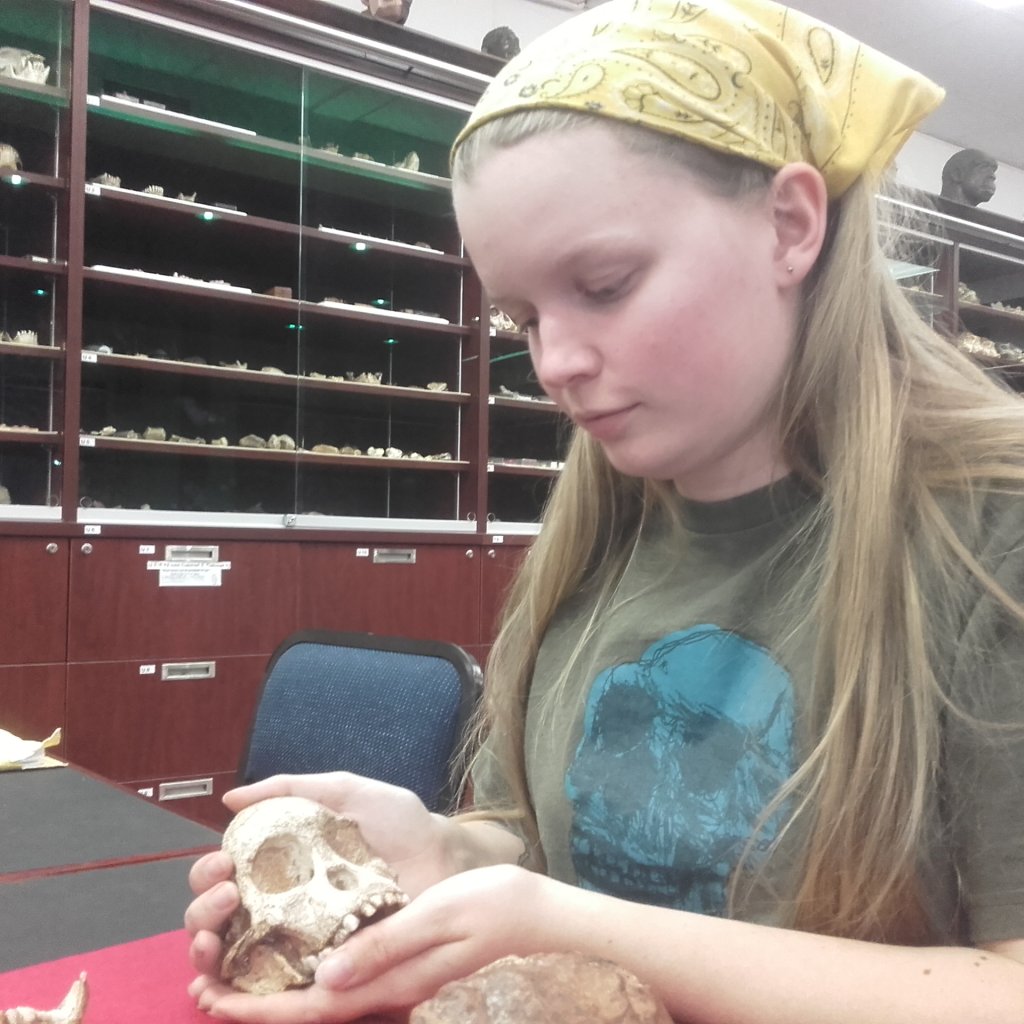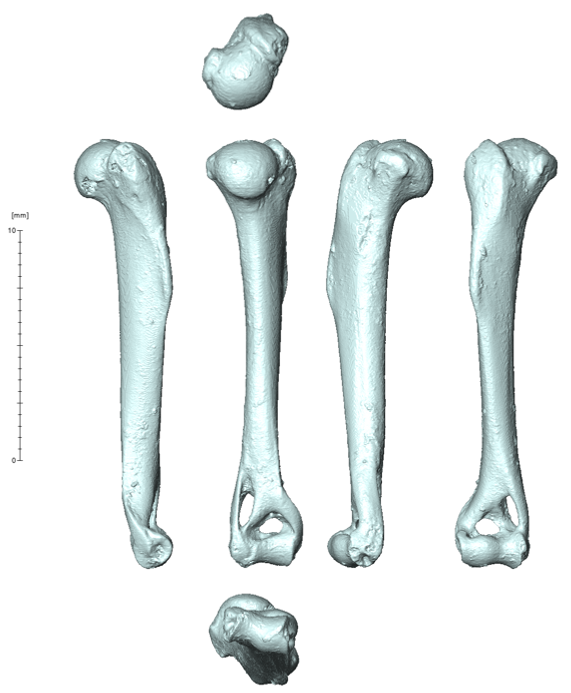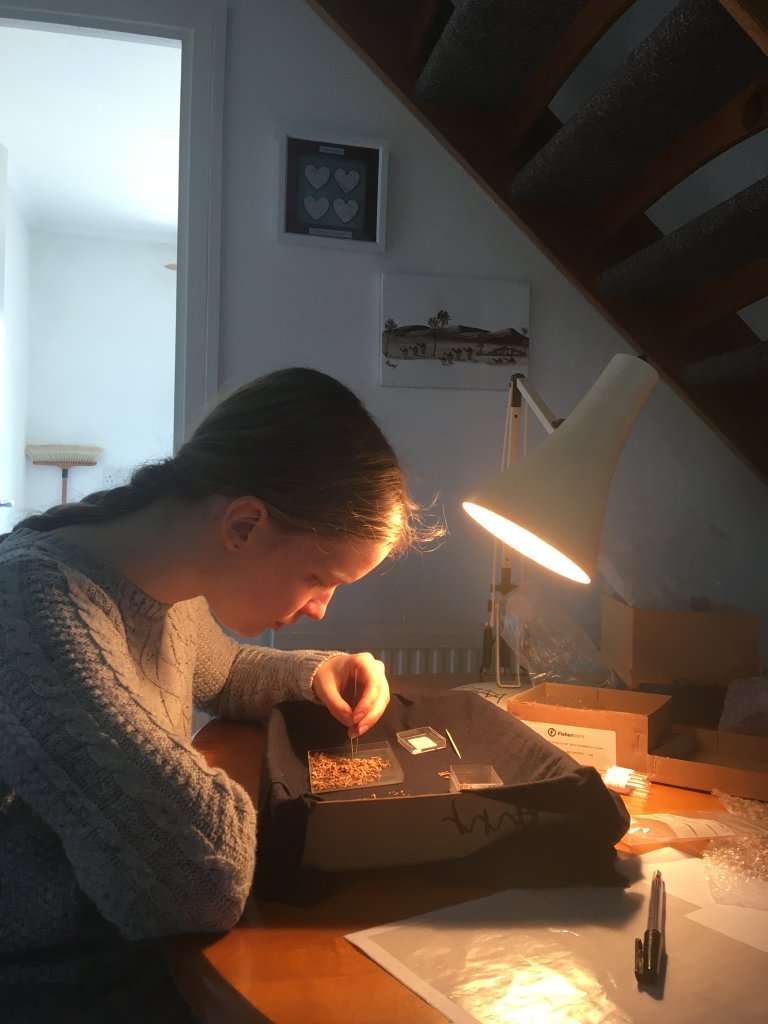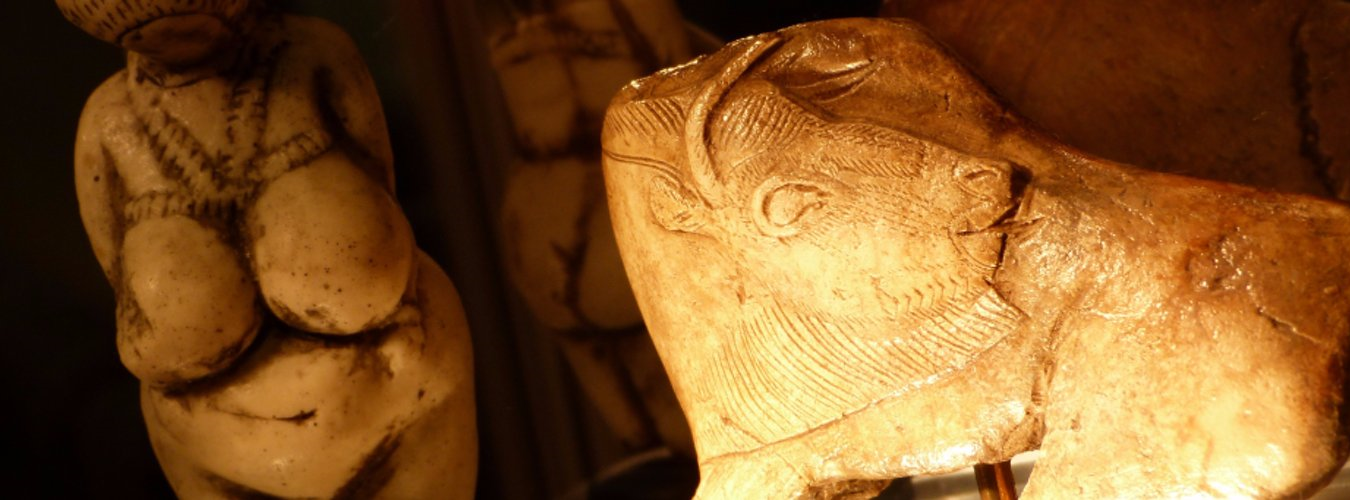Emily Watt BA (Hons), MSc
Postgraduate Researcher (Natural History Museum and University College London)
emily.watt1@nhm.ac.uk
Twitter: @Emily_C_Watt
I was an undergraduate student at the department between 2015 and 2019, on the BA Archaeology and Anthropology with a Year Abroad course. I was very quickly involved in CAHO, helping out with conferences, attending seminars and talking at outreach events and open days. In my third year for the ‘Year Abroad’ portion of my course, I visited the University of the Witwatersrand in Johannesburg, South Africa as a Visiting Researcher. Whilst there, I visited and worked at many sites at the Cradle of Humankind including Sterkfontein, Swartkraans, Makapansgat, Kromdraai, and Drimolen. I helped catalogue and curate hominid fossils, co-created the first digital catalogue of the Sterkfontein Member 4 and 5 faunal collection, worked on museum outreach events, surveyed at Swartkrans, led a student tour group around Sterkfontein, collected my dissertation data, and also made lots of friends and academic contacts along the way!



My undergraduate dissertation was titled “Investigating the potential of a taxon-free approach to the functional morphology of micromammal postcrania in the archaeological record and implications for palaeoenvironmental reconstruction” and was supervised by Professor John McNabb. This was the first investigation into the postcranial remains of micromammals (e.g. mice, shrews, voles) using shape-based methods to see if there was any information they could provide to fossil-bearing sites, in spite of the fact that these fossils could not be assigned to species. I was lucky enough to have collected my data from the Sterkfontein collections, which I micro-CT scanned during my visit to the University of the Witwatersrand. I was able to show that the postcranial fossils were distinct enough to be of potential use, by tying adaptations to specific locomotory types to environmental reconstructions.

Since then, I completed my Masters degree at Royal Holloway University of London between 2019 and 2020. I was awarded the Bedford Society Scholarship to study MSc Quaternary Science in the Geography Department (where Professor Clive Gamble once worked!). I continued the theme of my undergraduate research in my Masters dissertation, which was titled “Fossil micromammalian postcranial analysis for palaeoenvironmental reconstruction: a case study from Gully Cave, Somerset” and supervised by Professor Danielle Schreve. I used a comparative collection to create the first descriptions of the common micromammals that appear at fossil-bearing Quaternary (Pleistocene and Holocene) sites in the UK.
I am currently researching for my PhD and am based at the Natural History Museum and University College London. My research topic is “Morphological and functional evolution of the tetrapod jaw: a 3D perspective”, and I am supervised by Professor Anjali Goswami, Dr Ryan Felice, and Dr Laura Porro. I am funded by the London NERC DTP on their environmental sciences programme. This research uses the same type of morphological analysis I have been using since my undergraduate research (and taking it much further!), and builds in evolutionary modelling and biomechanical modelling. I’m also looking at a far greater time depth and breadth of species than I ever have: tetrapods are limbed vertebrates that diverged from ‘fish’ around 390 million years ago, and encompass all living limbed vertebrates (mammals, reptiles and birds, and amphibians) and their fossil ancestors.
I thought I would always be an archaeologist (and I always will be!) but now I’m an evolutionary biologist too!
I am also part of the committee for the upcoming Unravelling the Palaeolithic 2023 conference, to be held at Avenue Campus, University of Southampton from the 31st March to the 2nd April 2023.
